Oceania: Journals & Articles
Further resources, if available, can be found in our full bibliography.
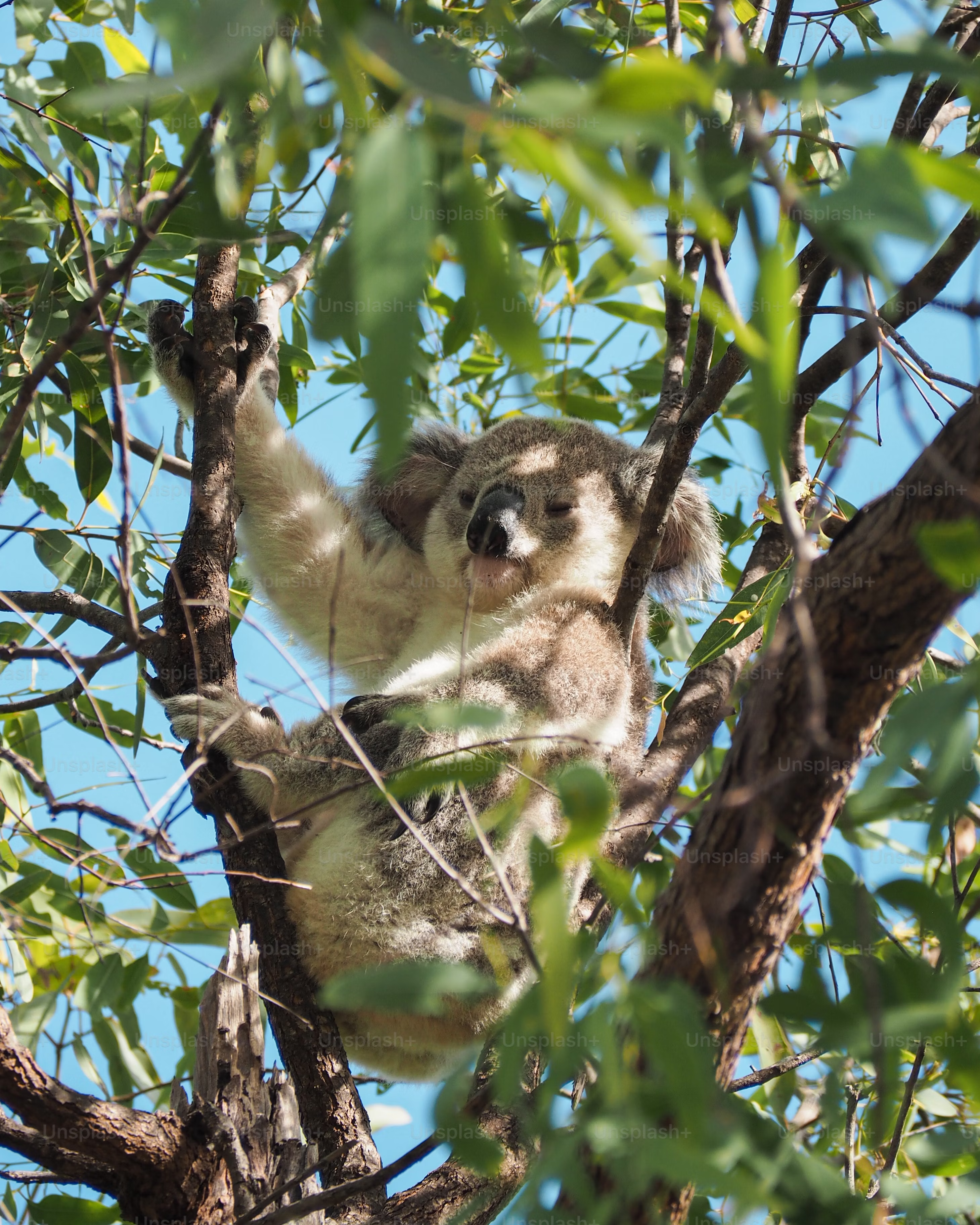
This peer-reviewed publication from Macquarie University, previously known as the Macquarie Journal of International and Comparative Environmental Law, ran from 2014 to 2017 and featured scholarly articles, case commentary, and book reviews on environmental law across international, regional, and local contexts.
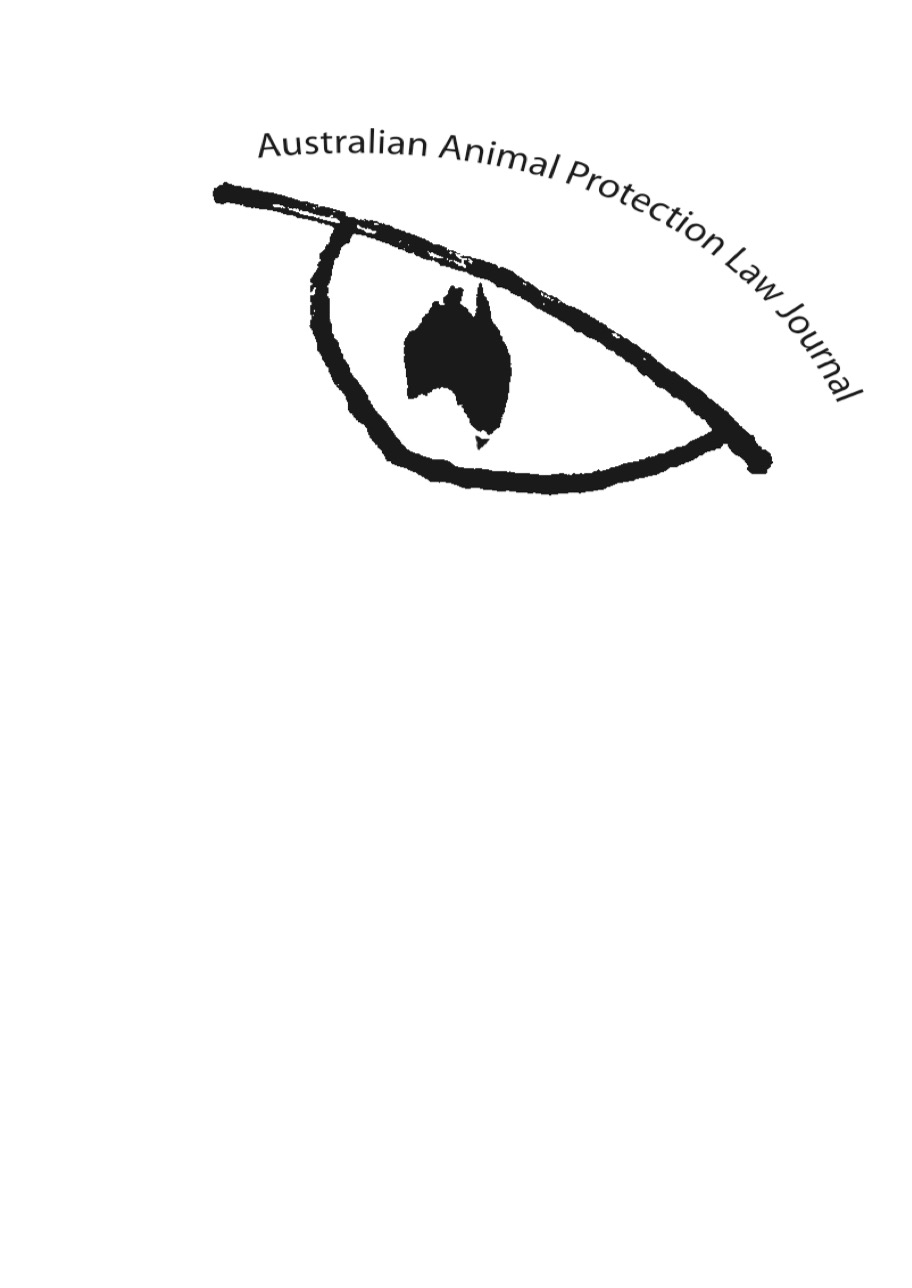
The Australian Animal Protection Law Journal (AAPLJ) was Australia's first peer-reviewed journal dedicated to animal law, published from 2008 to 2015. It provided a platform for scholarly discourse on various aspects of animal protection law, featuring articles, case notes, and book reviews. The journal covered diverse topics, including animal welfare legislation, enforcement issues, and the intersection of animal law with other legal fields. Archived volumes and tables of contents are accessible online, offering valuable resources for researchers and practitioners interested in the evolution of animal law in Australia.
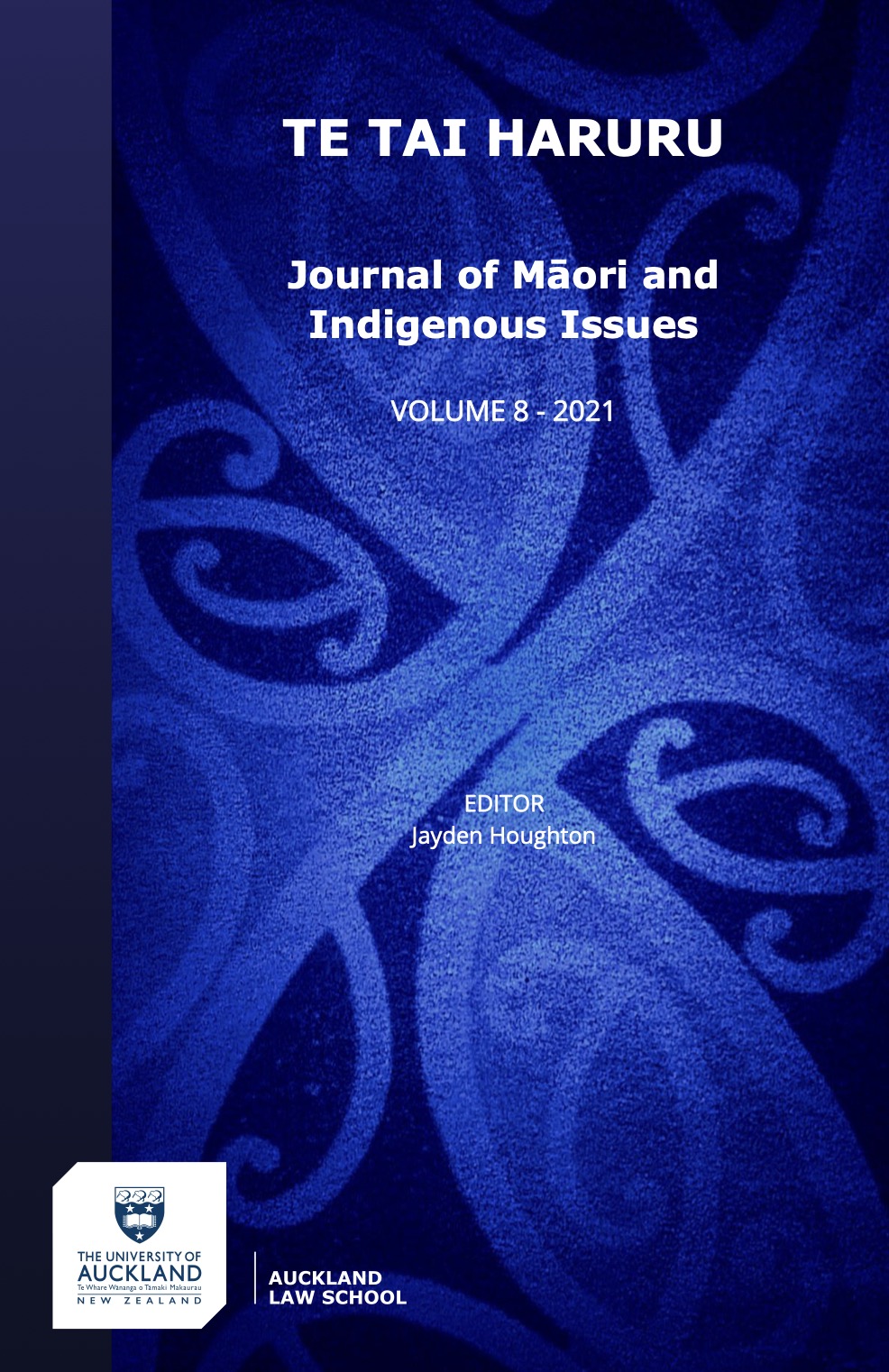
This journal is edited by Te Tai Haruru, the rōpū of Māori legal academics at the Auckland Law School. It publishes scholarship on a wide range of Māori and Indigenous legal issues, including tikanga Māori, rangatiratanga, kaitiakitanga, constitutional reform, Treaty settlements, Māori governance, environmental relationships, criminal justice, legal personhood, traditional knowledge, and Indigenous data sovereignty, offering critical engagement with developments affecting Indigenous peoples in Aotearoa New Zealand and beyond.
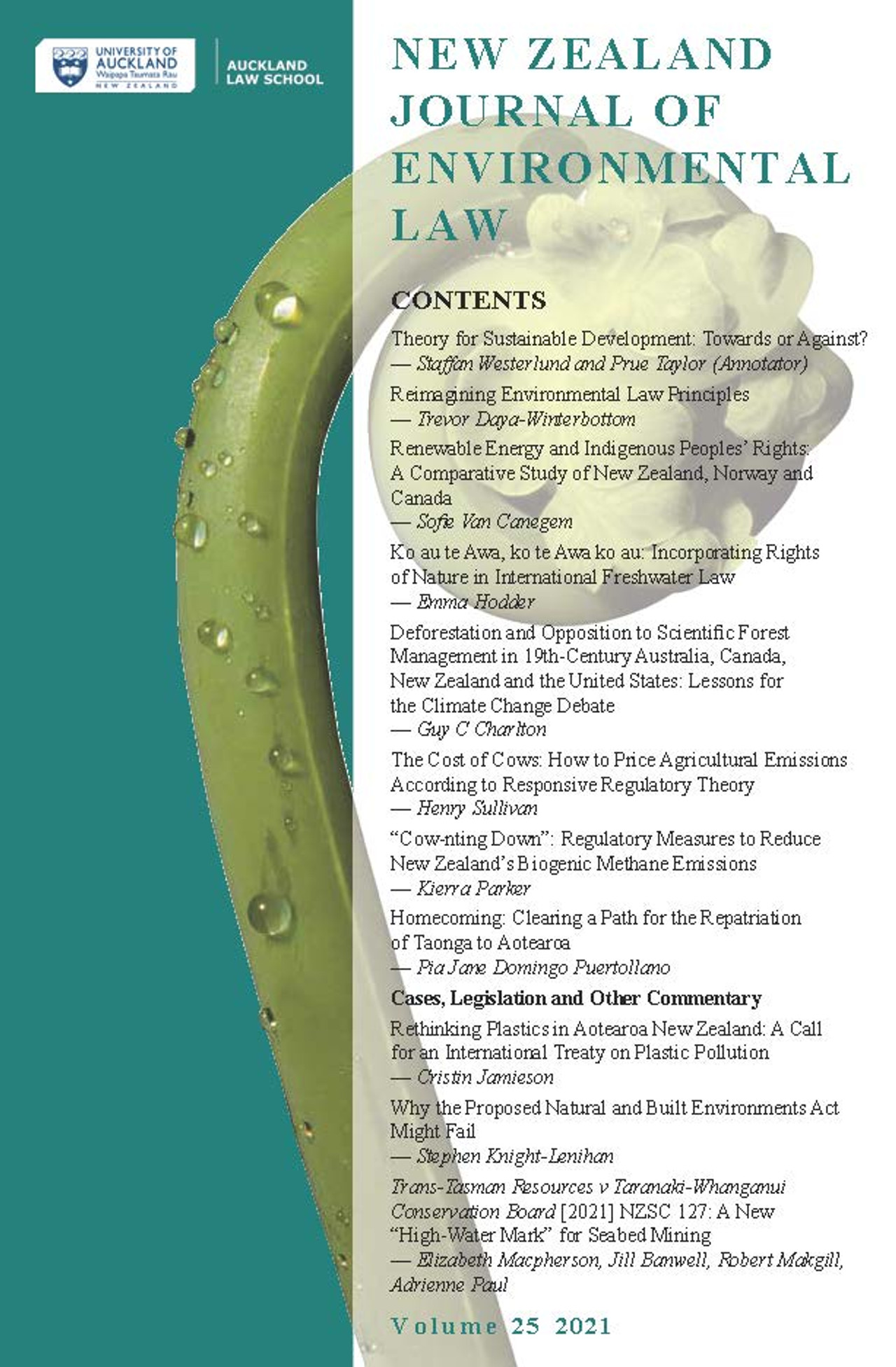
New Zealand Journal of Environmental Law (NZJEL)
1997-Present
The New Zealand Journal of Environmental Law (NZJEL) was founded in 1997 with the assistance of the New Zealand Law Foundation and Auckland Law School. The Journal is in the format of a University law review and is the only academic publication of its kind in New Zealand. It is intended to provide an outlet for longer analytical and comparative legal writing in the environmental and natural resources law area. In addition to articles, there are sections for case-notes, legislation notes, book reviews and a forum

Australian Indigenous Law Review
1996-Present
This peer-reviewed journal publishes quality research on legal issues affecting Indigenous peoples in Australia and around the world. It contributes to Earth law and jurisprudence through explorations of land rights, heritage protection, and Indigenous legal traditions. These perspectives offer Earth-centred approaches to law rooted in deep, reciprocal relationships between people, landscapes, and the more-than-human world.
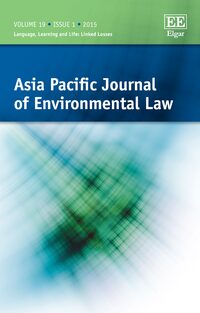
Established in 1996, this journal offers critical, scholarly analysis of environmental law and policy developments across the Asia Pacific region. It provides in-depth insights into legal responses to environmental and developmental challenges, making it a valuable resource for researchers, practitioners, and policymakers engaged in environmental governance in the region and beyond.
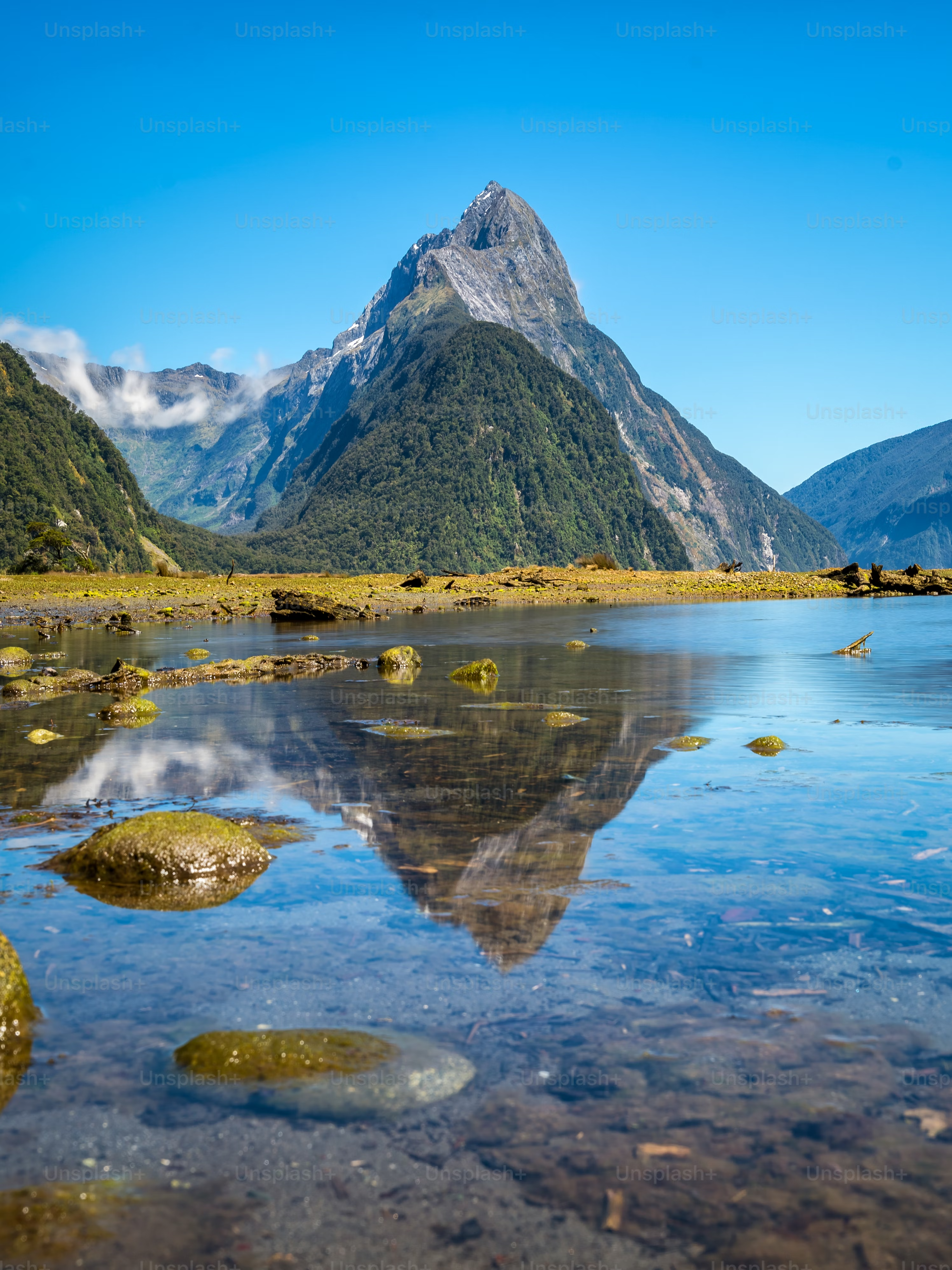
"International environmental law and Australia and New Zealand"
Cameron Holley
Erika Techera
This chapter examines how Australia and New Zealand engage with international environmental law (IEL), highlighting their roles in shaping, implementing, and responding to global environmental agreements and norms. It explores regional legal developments, domestic implementation of IEL obligations, and the influence of international principles on national policy. The chapter situates both countries within the broader IEL framework, offering insights into their contributions, challenges, and evolving legal approaches to pressing environmental issues.
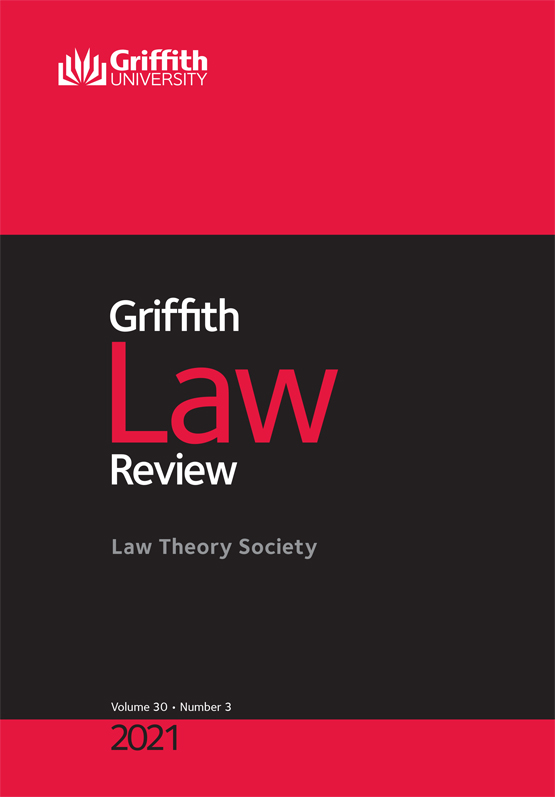
"Righting Aotearoa's coastal marine area: a case for legal personhood to enhance environmental protection"
Rachael Mortiaux
Griffith Law Review
This article examines the decline of New Zealand’s coastal marine environment and the shortcomings of current legal protections. It proposes granting legal personhood to marine ecosystems as a way to strengthen environmental protection. Drawing on examples from New Zealand and abroad, the article argues that legal personhood could shift human-nature relationships to prioritize ecosystem well-being and enable more holistic, collaborative management.
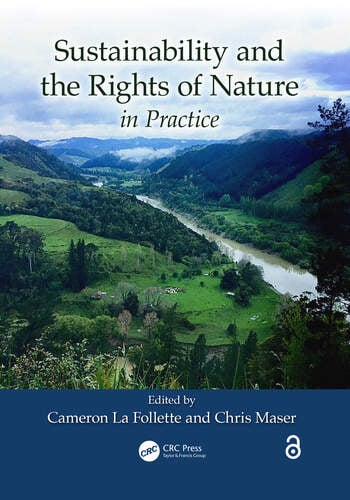
"Caring for Country and Rights of Nature in Australia: A Conversation Between Earth Jurisprudence and Aboriginal Law and Ethics"
Mary Graham, Michelle Maloney
Cameron La Follette, Chris Maser
This chapter explores the global ecological crisis (biodiversity loss, pollution, and climate change) through the lens of the Anthropocene. Focusing on Australia, it examines how Earth jurisprudence and Aboriginal law converge to offer ethical and legal frameworks that restore balance between humans and nature.
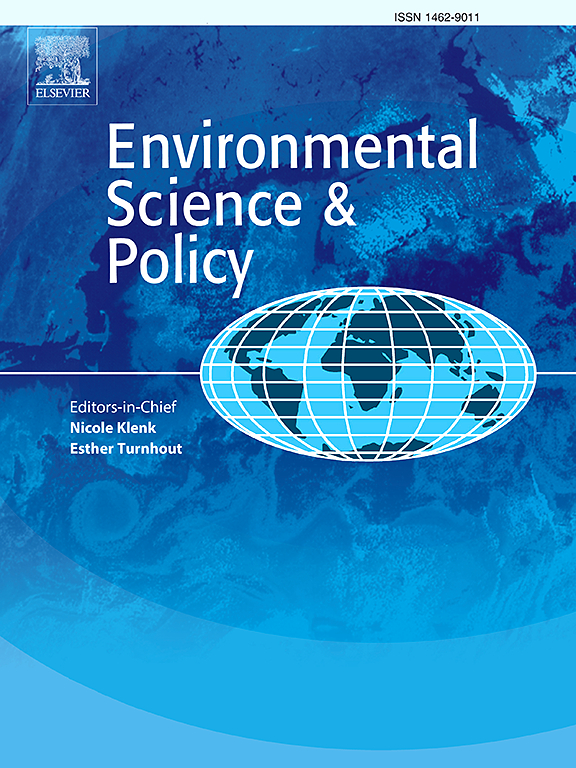
"From barriers to boundary objects: Rights of nature in Australia"
Claudia Pilon-Summons, Susanne Pratt, Paul J. Brown, Alexander Baumber
Environmental Science & Policy
This article explores the challenges of recognizing the Rights of Nature (RoN) in Australia, drawing on interviews with individuals across politics, law, advocacy, academia, and local communities. The most significant barrier identified was dominant paradigms, including human-centered thinking and entrenched ideologies. Other key obstacles include regulatory systems, vested interests, and power imbalances. The study introduces the BERN Framework, a new taxonomy of RoN barriers, and shows how RoN functions as a boundary object in Australia, shaped by differing interpretations across sectors.
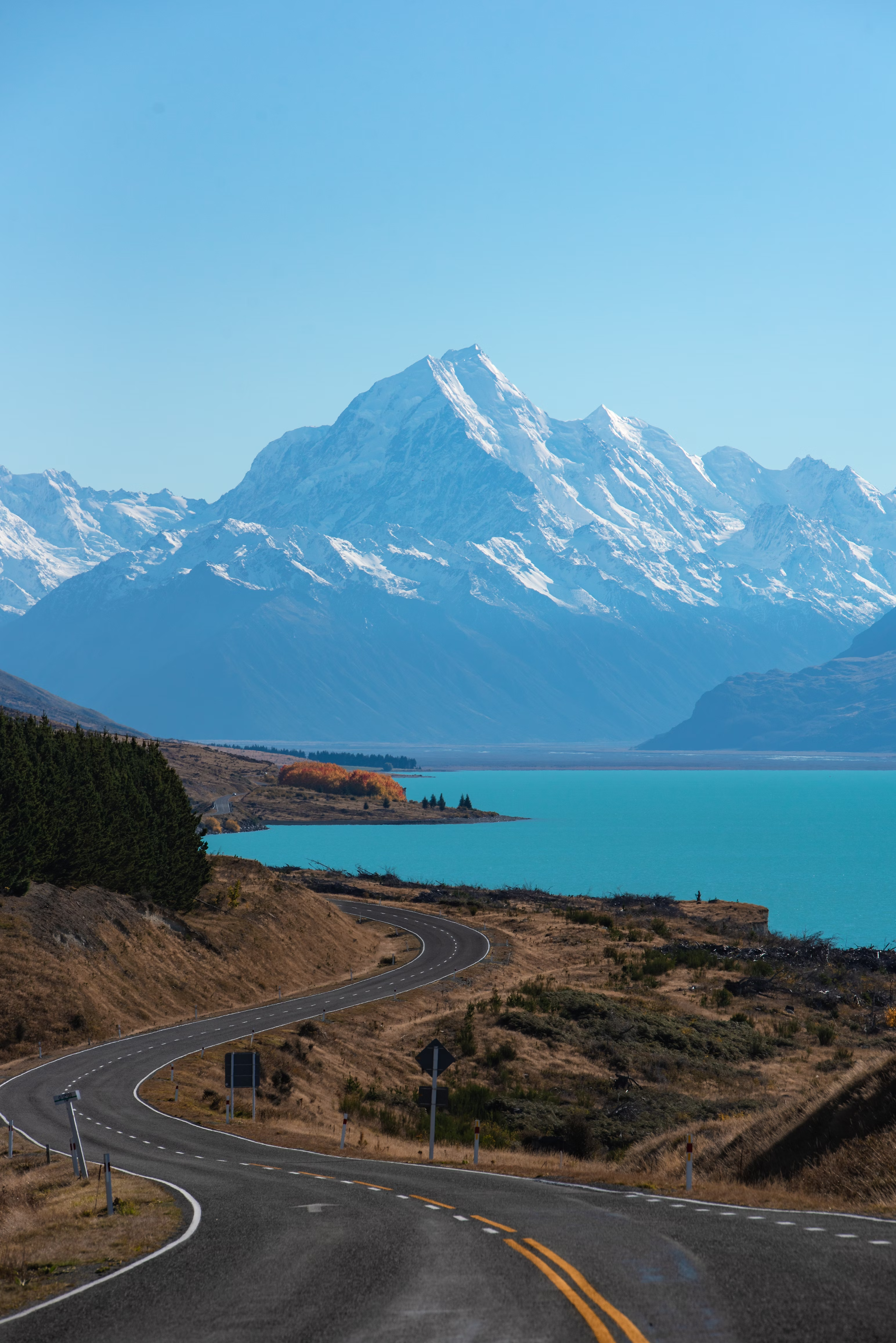
"Earth Jurisprudence and Mātauranga Māori in New Zealand"
Josie Watson
Yale Environment Review
This article explores how integrating Mātauranga Māori into legal and scientific frameworks strengthens Earth jurisprudence in New Zealand. It highlights the recognition of natural entities as legal persons and emphasizes Indigenous worldviews that see nature as kin, promoting more reciprocal and sustainable environmental governance.
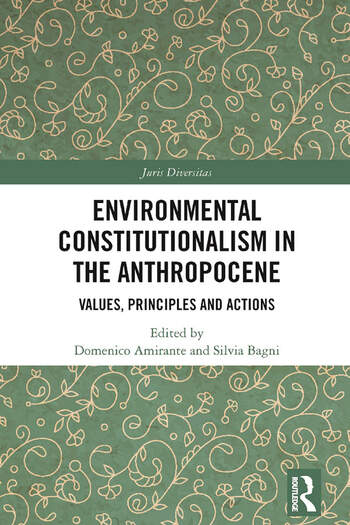
"Ecosystem Rights and the Anthropocene in Australia and Aotearoa New Zealand"
Elizabeth Macpherson
Domenico Amirante, Silvia Bagni
This chapter explores the recognition of ecosystem rights in Australia and Aotearoa New Zealand as a legal response to the Anthropocene. It highlights cases where rivers and forests have been granted legal personhood, examining how these developments, often led by Indigenous activism, challenge conventional environmental law and foster relational, place-based governance rooted in shared values and local decision-making.
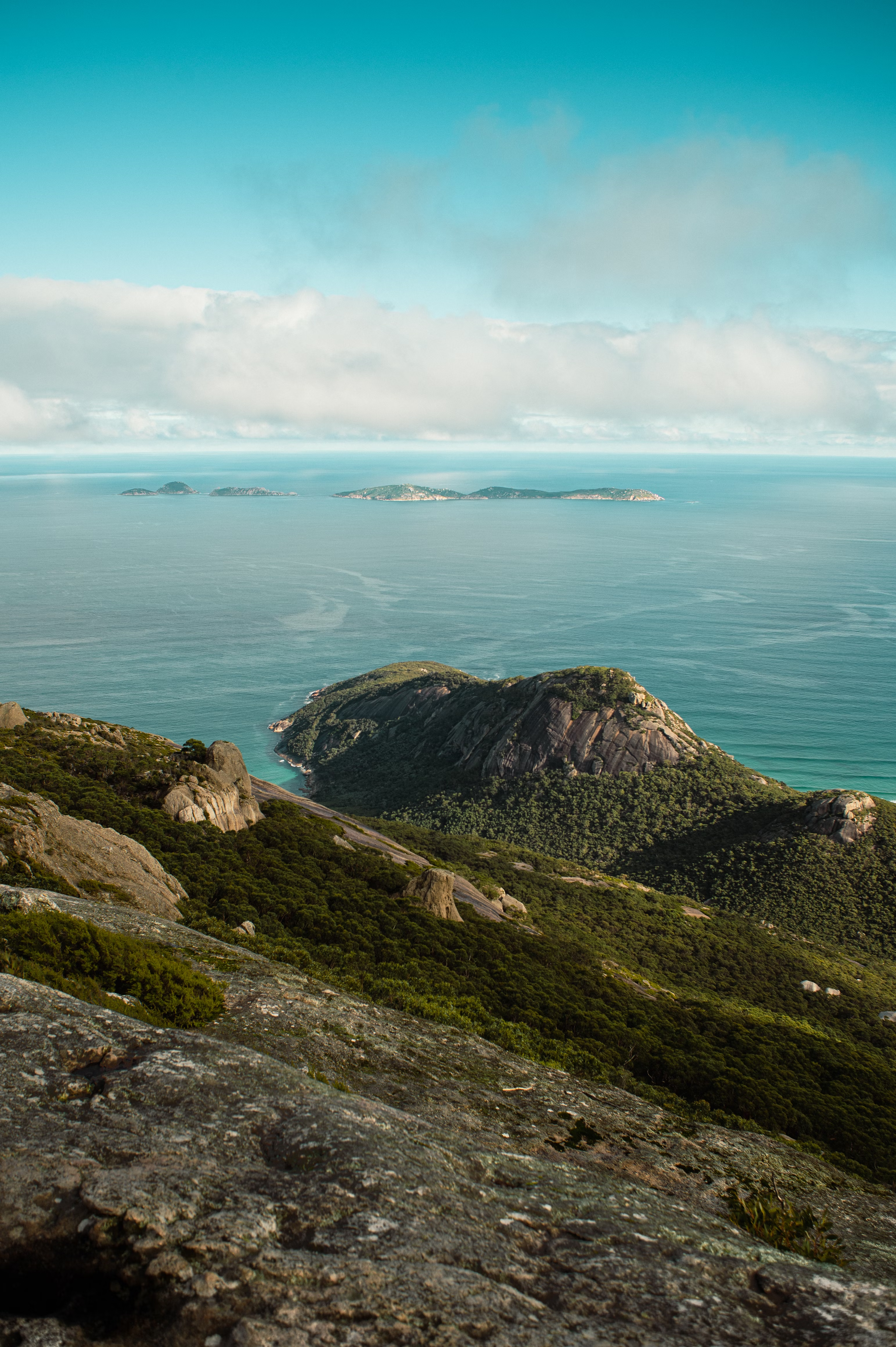
"Oceania"
Tim Stephens
Lavanya Rajamani, Jacqueline Peel
This chapter examines the application of international environmental law in Oceania’s courts, spanning Australasia, Melanesia, Micronesia, and Polynesia. The region’s states have been strong supporters of international and regional environmental agreements, with court cases addressing issues like sustainable fisheries, world heritage protection, and increasingly, climate change. Despite this engagement, a key limitation is the incomplete incorporation of treaty obligations into domestic law, which hinders broader legal application. The chapter highlights both the region’s legal activism and the challenges in fully realizing international environmental commitments.
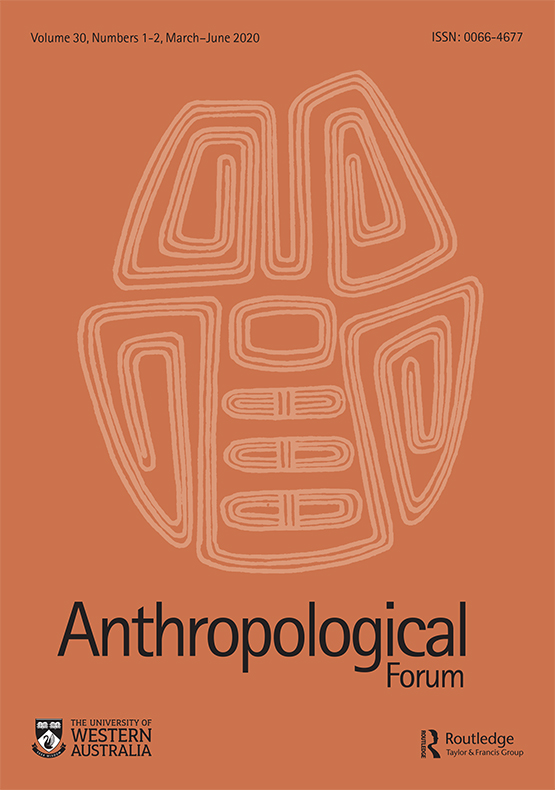
"In the Time of Frost: El Niño and the Political Ecology of Vulnerability in Papua New Guinea"
Jerry K. Jacka
Anthropological Forum
This paper looks at how people in the Papua New Guinea highlands have responded to food shortages caused by El Niño events. In the past, communities coped through strong socio-ecological systems, such as moving to lower altitudes where extended family offered support. As economic development weakens these social ties and traditional practices, populations have become more vulnerable. The paper explores how these shifts, along with politics and aid efforts, affect local resilience to environmental and food crises.
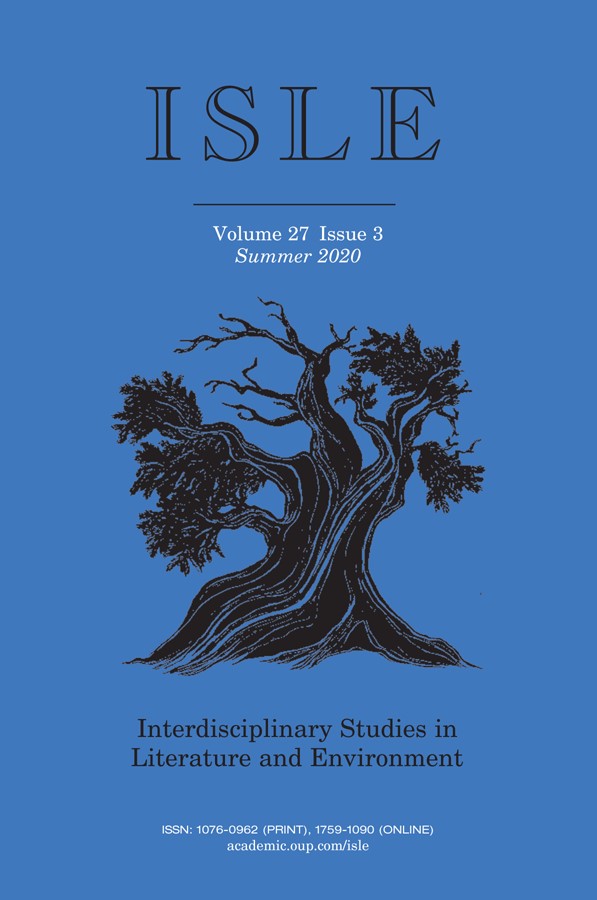
"Managing People for the Benefit of the Land: Practicing Earth Jurisprudence in Te Urewera, New Zealand"
Craig M Kauffman
ISLE: Interdisciplinary Studies in Literature and Environment
This journal article explores New Zealand’s 2014 Te Urewera Act, which recognizes the Te Urewera forest as a legal person with rights. Emerging from a treaty settlement with the Tūhoe tribe, the Act reflects their view of the forest as a living being with spiritual authority. It establishes a new governance model with guardians who represent the forest, supporting proactive environmental protection and legal recognition of nature.
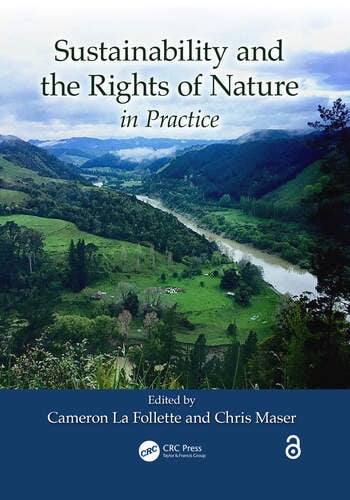
"A River Is Born: New Zealand Confers Legal Personhood on the Whanganui River to Protect It and Its Native People"
Christopher Finlayson
Cameron La Follette, Chris Maser
This chapter explores the Whanganui River’s transformation from a sacred Māori ancestor to a legally recognized person. It traces colonial impacts following the 1840 treaty, including environmental degradation, and highlights the 2017 legal milestone that honored Māori worldview and restored cultural and ecological respect.
Photo Credit: Humpback whale; Elianne Dipp/Pexels